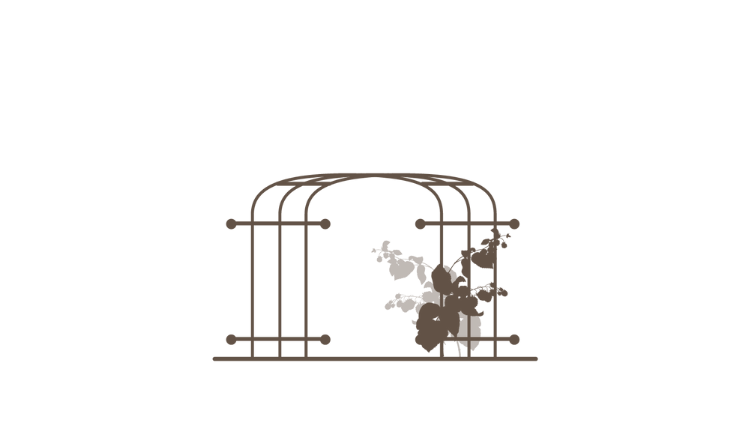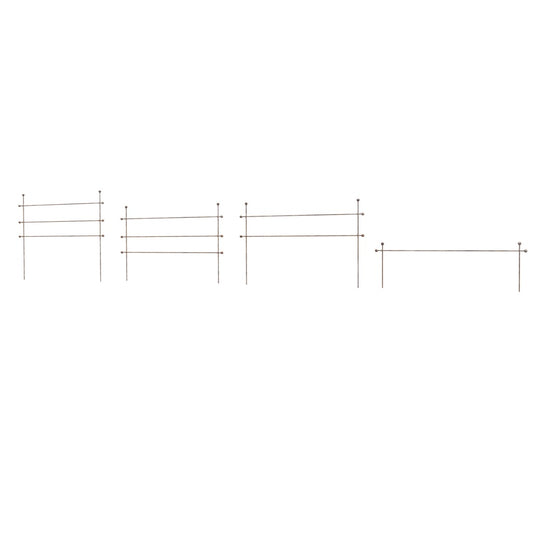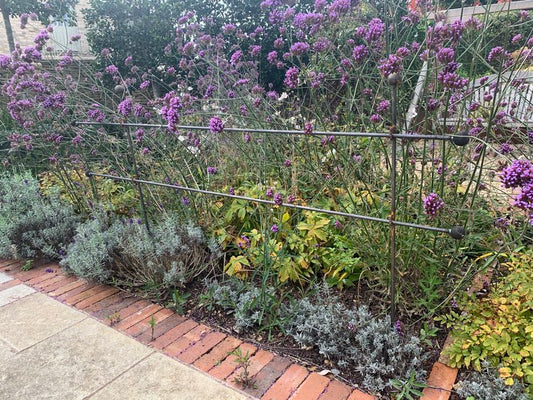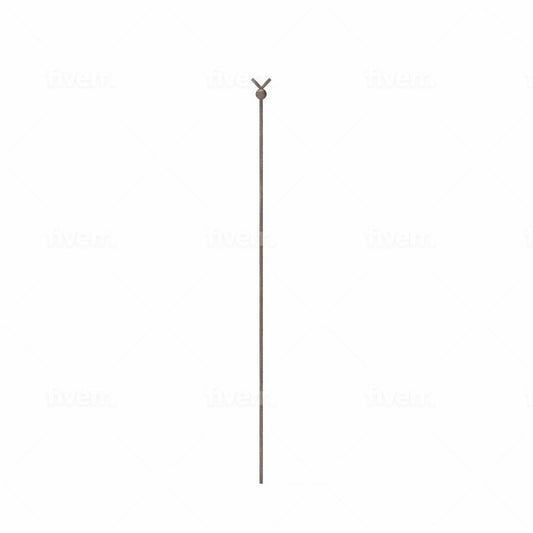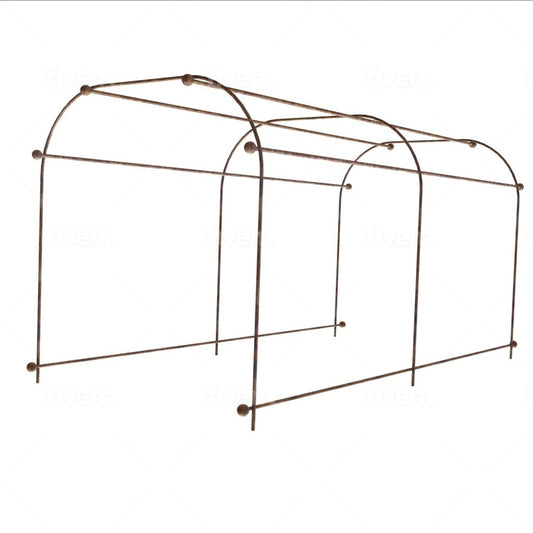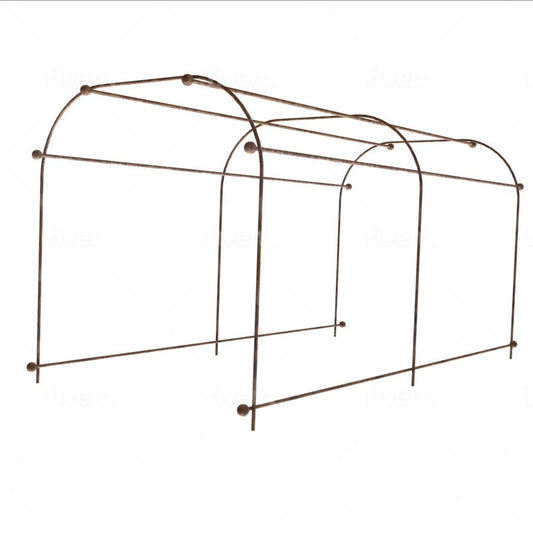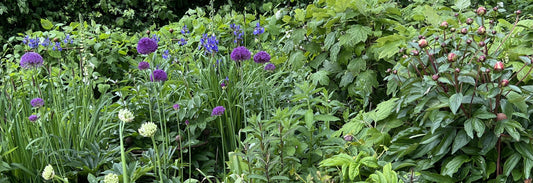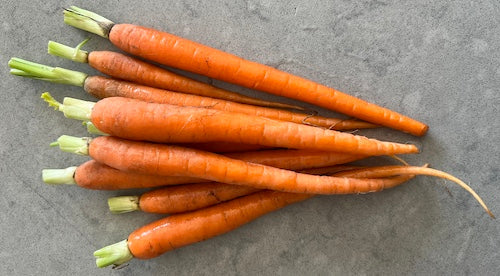-
Fruit & Vegetable Stepover Supports
Regular price From £66.00 GBPRegular priceUnit price per£60.00 GBPSale price From £66.00 GBP -
Stakes (Fruit Bough)
Regular price From £104.50 GBPRegular priceUnit price per£95.00 GBPSale price From £104.50 GBP -
Vegetable Cages
Regular price £929.50 GBPRegular priceUnit price per -
Fruit Cages
Regular price £1,149.50 GBPRegular priceUnit price per

Lesley Ann's Tip
FAQs
What is the best way to grow vegetables?
What is the best protection for vegetables?
When should I plant my vegetable garden?
Which vegetables need supports?
What fruits need staking?
Looking for something else?
Head back to view all of our collections to see if we can get the right product for your garden.

